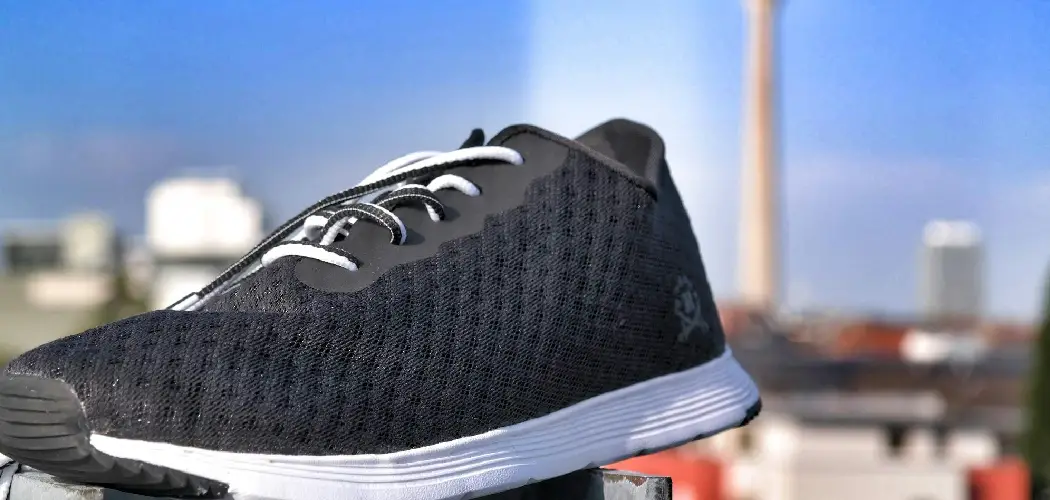When considering purchasing a new pair of athletic shoes, the fit can significantly influence your performance and comfort. Two popular brands in the athletic arena are Nobull and Nike, both known for their innovative designs and reliable quality. However, each brand has its own unique sizing and fit characteristics, which can affect how well the shoes meet your individual needs.

In this document, we will explore how do nobull shoes fit compared to nike, helping you make an informed decision based on your foot type, activity level, and personal preferences.
Importance of Understanding Fit Differences
Understanding the fit differences between Nobull and Nike shoes is crucial for ensuring optimal comfort and performance. Each brand employs distinct design philosophies and technical features, which can lead to variations in how their footwear conforms to your feet. A proper fit not only enhances athletic performance by providing stability and support but also helps prevent common injuries such as blisters or strain.
Moreover, recognizing these differences will assist you in selecting the appropriate pair for your specific activities and foot shape, allowing you to focus on achieving your fitness goals without distractions caused by discomfort or improper fit. By investing time in understanding these distinctions, you empower yourself to make better purchasing decisions tailored to your unique needs.
10 Methods How Do Nobull Shoes Fit Compared to Nike
1. True-to-Size Comparison
When it comes to sizing, NOBULL shoes tend to fit true to size for most people, especially those with medium-width feet. However, Nike shoes can be a bit inconsistent in sizing depending on the model. Some Nike shoes, particularly their running and casual lifestyle shoes, are known to run small, prompting many people to size up. For example, models like the Nike Air Force 1 or Nike Flyknit may feel snug, especially in the toe box. In contrast, NOBULL shoes generally offer a more straightforward sizing experience, so if you’re between sizes in Nike, you may not encounter this issue with NOBULL.
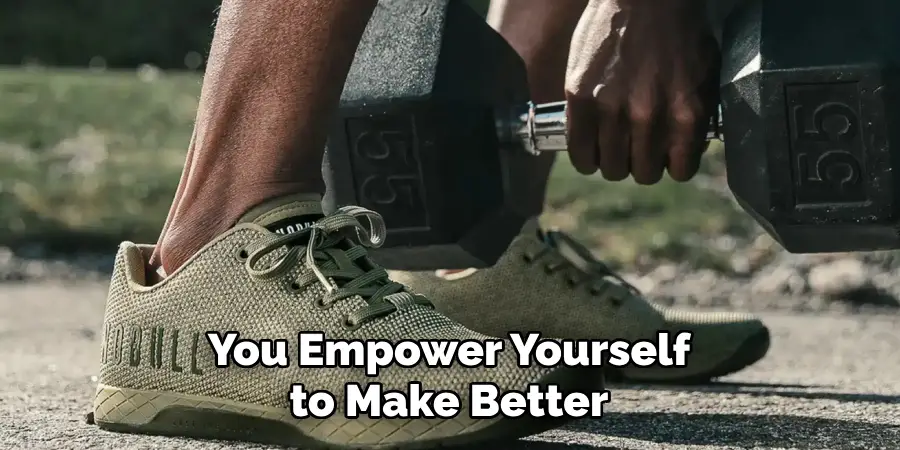
2. Width and Toe Box Room
One key difference between NOBULL and Nike shoes is the width and room in the toe box. NOBULL shoes are designed with functional training in mind, often offering a wider toe box to allow for natural toe splay during movements like squats, deadlifts, or running. This makes them ideal for those with wider feet or for athletes who prefer more space in the front of the shoe. On the other hand, Nike shoes, particularly their running and lifestyle models, can be narrower in the forefoot area, which might feel restrictive to some users. If you have a wider foot or prioritize comfort during high-intensity workouts, you may find NOBULL to have a better fit.
3. Arch Support and Cushioning
Nike and NOBULL shoes differ significantly in their approach to arch support and cushioning. Nike shoes often come with ample cushioning and more pronounced arch support, especially in their running models like the Nike Zoom or React series, which are designed to absorb shock and provide comfort for long-distance runners.
In contrast, NOBULL shoes tend to have a more minimalist design with a flat sole, offering less cushioning and arch support. NOBULL shoes are built for stability and ground feel, making them ideal for cross-training, weightlifting, and functional fitness, but they may feel less cushioned compared to Nike shoes if you’re used to extra support.
4. Heel-to-Toe Drop
The heel-to-toe drop (the difference in height between the heel and the forefoot) plays a big role in how a shoe fits and feels during different activities. NOBULL shoes generally have a minimal heel-to-toe drop, usually around 4mm, which encourages a more neutral stance and better ground contact for exercises like weightlifting, where stability is key. Nike shoes, depending on the model, vary in drop.
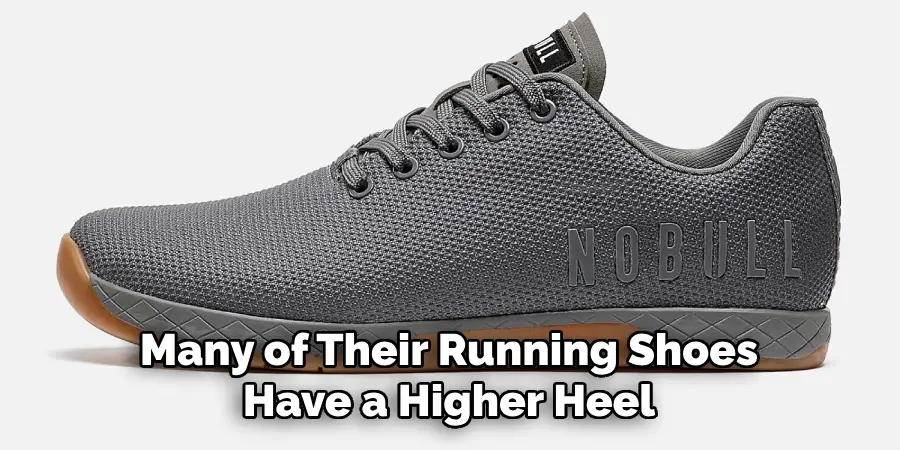
For example, many of their running shoes have a higher heel-to-toe drop (typically 8mm to 12mm), which promotes forward propulsion during running but might not offer the same stability as NOBULL shoes during cross-training. If you’re used to Nike’s higher drop, the flatter profile of NOBULL may take some getting used to, but it offers superior stability for strength training.
5. Material and Flexibility
When comparing the materials used by NOBULL and Nike, there are some notable differences in flexibility and overall feel. NOBULL shoes are made from a durable, one-piece SuperFabric material that’s designed to withstand abrasions, making them incredibly tough but also somewhat stiffer than many Nike models. This lack of flexibility can be beneficial for training exercises that require stability and support, but it might feel less adaptable or comfortable for running or all-day wear compared to Nike’s Flyknit or mesh uppers, which are known for their lightweight and flexible feel.
Nike shoes, especially in their casual and running categories, often use more breathable, flexible fabrics that adapt to the shape of your foot, offering a more forgiving fit.
6. Purpose-Specific Fit
NOBULL shoes are primarily designed for functional fitness, cross-training, and high-intensity interval training (HIIT), which means they prioritize stability and durability over flexibility and cushioning. The fit of NOBULL shoes is geared towards keeping your foot stable during dynamic movements, with a snug heel and midfoot fit that locks your foot in place. Nike, on the other hand, has a more diverse range of shoe models designed for specific purposes, including running, basketball, and casual wear. As a result, the fit of Nike shoes can vary greatly depending on the intended use.
For example, Nike’s running shoes often have a snug, sock-like fit for speed and efficiency, while their basketball shoes provide more ankle support and a wider base for lateral movements. When comparing fit, consider the primary purpose of the shoes and how each brand aligns with that activity.
7. Breathability and Ventilation
Breathability is another factor that impacts the fit and comfort of shoes, especially during long workouts or runs. Nike shoes often excel in breathability due to their use of lightweight, breathable materials like Flyknit or engineered mesh. These materials allow air to circulate around the foot, keeping it cool and dry. NOBULL shoes, while durable, don’t offer the same level of ventilation as many Nike models due to their thicker, more rugged construction.
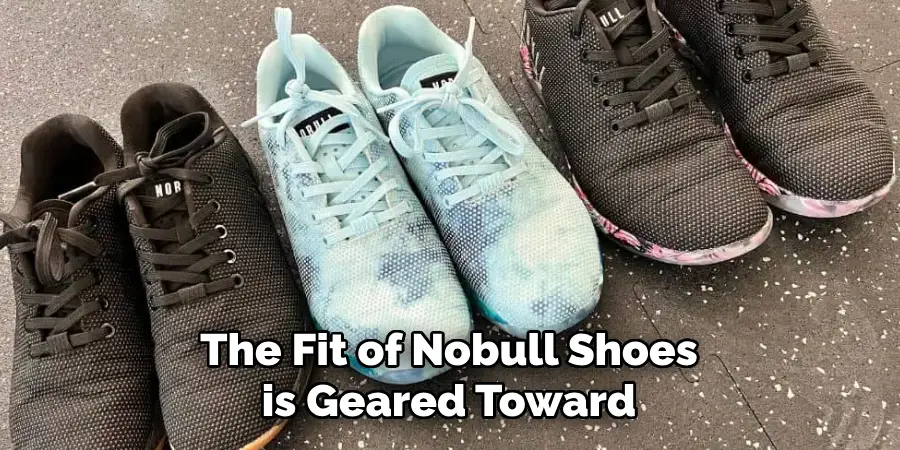
The SuperFabric upper used in NOBULL shoes is designed for durability rather than breathability, so your feet may feel warmer in NOBULL shoes compared to Nike, especially during extended periods of wear.
8. Break-In Period
The break-in period for shoes can greatly affect their fit and comfort. Nike shoes, particularly those made from flexible materials like Flyknit, typically require minimal break-in time and feel comfortable almost immediately out of the box. On the other hand, NOBULL shoes may require a longer break-in period due to their stiffer construction. The SuperFabric material can feel rigid at first, but with regular use, it begins to soften and mold to your foot.
However, if you prefer a shoe that feels comfortable from the first wear, Nike might be the better choice, whereas NOBULL offers durability and long-term fit after the break-in period.
9. Durability and Longevity of Fit
Durability is one area where NOBULL shoes generally outperform Nike. The rugged materials used in NOBULL shoes, particularly the SuperFabric upper, are built to withstand the wear and tear of intense training sessions. Over time, the fit of NOBULL shoes remains consistent due to their sturdy construction, making them a great choice for people who engage in regular high-impact activities.
Nike shoes, while often comfortable and lightweight, may not offer the same level of durability, particularly in models designed for casual wear or running. After extended use, Nike shoes may stretch or lose their shape, leading to a looser fit over time, whereas NOBULL shoes tend to maintain their structure.
10. Sizing Advice for Cross-Trainers
For those who engage in cross-training or functional fitness workouts, NOBULL shoes offer a more tailored fit specifically designed for this type of activity. Their snug heel and wider toe box provide stability for lateral movements, weightlifting, and jumping, making them a solid choice for CrossFit and HIIT. Nike’s cross-training shoes, like the Nike Metcon, also cater to this type of workout, but their fit may be slightly narrower in the toe box compared to NOBULL.
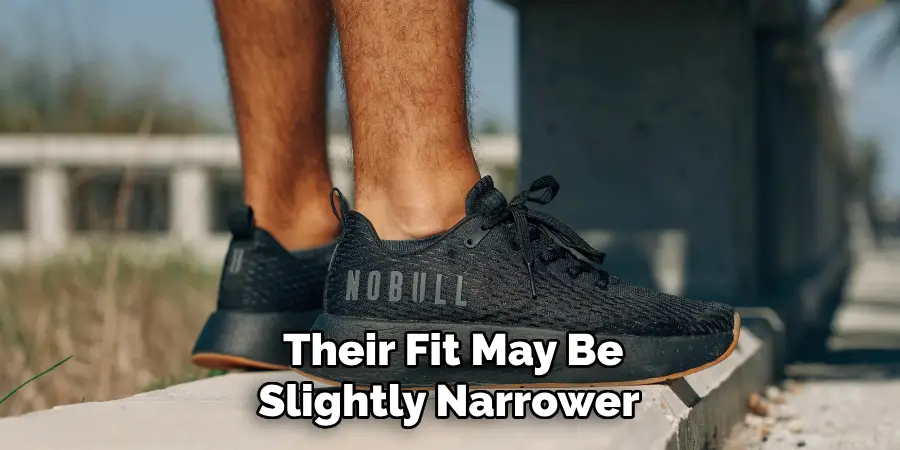
If you have wider feet or prefer a more spacious fit during high-impact movements, NOBULL may offer a better fit for cross-training compared to Nike’s narrower options.
Conclusion
When selecting between NOBULL and Nike shoes, it ultimately comes down to your personal training needs and preferences. NOBULL shoes excel in durability and stability, making them an excellent choice for cross-training and high-intensity workouts where these factors are paramount. The rugged construction and wider fit are particularly beneficial for those who prioritize a secure, stable base in their training regimen. Thanks for reading, and we hope this has given you some inspiration on how do nobull shoes fit compared to nike!

